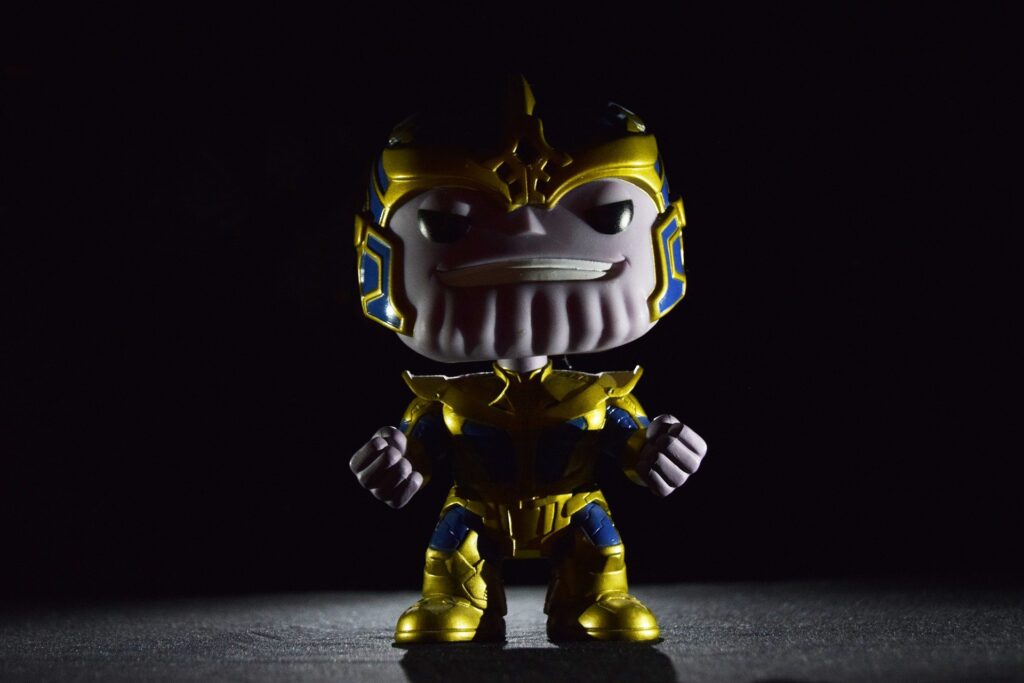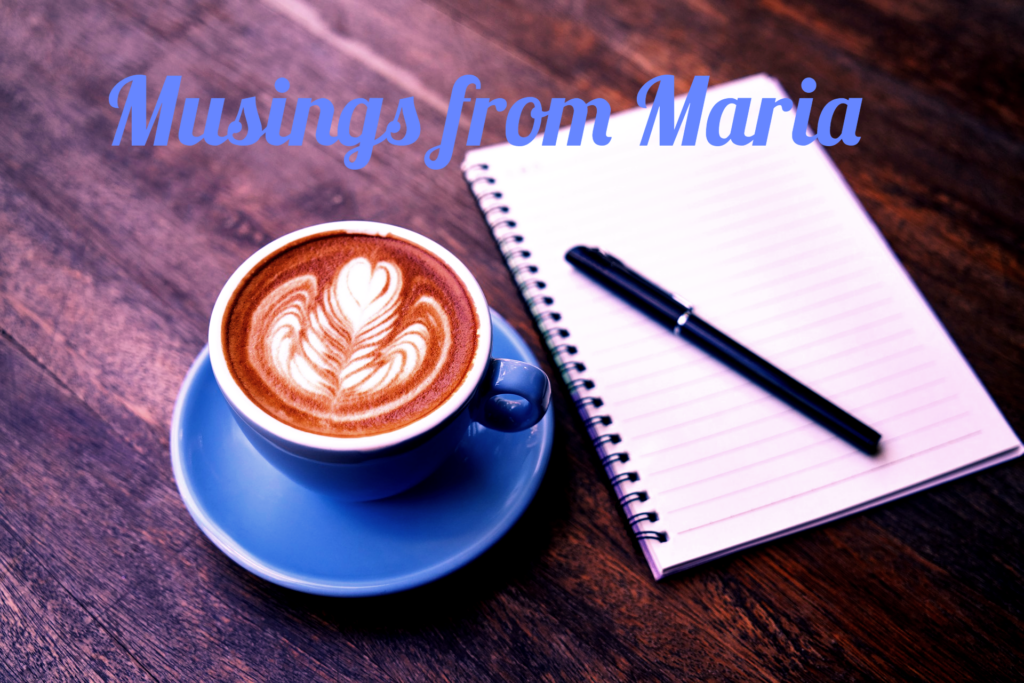The Writing Craft: Creating An Authentic Antagonist

This week on the blog, I’m thinking about antagonists. Why are they needed? What makes a good antagonist? Do they have to be the villain, or even a character in your novel?
It’s a topic I’ve been thinking about for a couple of weeks. Mainly since I’ve started plotting, researching and writing what I hope to be the 4th novel in my historical fiction series. My main character (MC)/protagonist, Imogen, is a different character from my first three books.
After spending so long with my former MC, Daniel, it’s been interesting figuring out Imogen’s voice as she tells the story. Apart from a few scenes from Daniel’s point of view it will be from her perspective and about her unique goals. (I talk more about that in my recent blog post about narrative points of view here).
Therefore, I’m still piecing together Imogen’s main antagonist(s) that want to oppose her. (You can find out more about my historical fiction series in my recent blog here, or check out my first book, The Boy from the Snow.)
A quick definition before we get started. An antagonist is someone or something that goes against your protagonist and what your protagonist wants to achieve. Some kind of antagonist is vital to your story because your antagonist is the one who creates conflict in your story. Conflict is vital because it makes the story interesting.

For example, imagine Shakespeare’s Romeo and Juliet without the antagonists of the feuding families. It would be two people who met at a party and fell in love. A nice idea, but it would not have become the classic, tragic tale if that it was all that happened.
Will your MC overcome the obstacles your antagonist throws at them and achieve their goals? Or will the antagonist(s) in your story lead your MC to change in some way? What things make your antagonist formidable? Here are a few pointers that might help you develop your antagonist.
1. Make them human
Your protagonist will be a rich, complex character with multiple motivations and backstory. It should be the same with your antagonist. The best antagonists are the ones we hate to love and love to hate.
The ones where some part of you might feel sympathy for them – and possibly even root for them at times. I’ve been making my way through Poldark again recently and I’ve been struck at what an excellent antagonist George Warleggan is. (In case you haven’t seen it, Poldark is a British historical drama in the late 1700s. Ross Poldark, the hero, comes back from the war to try to rebuild his old life in Corwnall, including the running of his mine.)
Ross and Geroge are at odds almost immediately and their feud only escalates during the series. While Ross cares deeply for people and helping the poor, George is a banker whose ambition is to rise through the ranks of society and make a profit wherever possible. Although in the series George does some incredibly cruel things, he also has moments where you see his vulnerabilities and his real motivations for things, where I found it difficult not to feel at least a little bit sorry for him.
2. They don’t have to be human
This might seem like a contradiction to my last point, but what I mean is that your antagonist doesn’t have to be a person at all. It could be ‘something’ that opposes your antagonist’s goals, rather than ‘someone’. Classic examples of this include the movies ‘Cast Away’, or ‘The Day after Tomorrow’.

Both of these are disaster/ survival movies, where the primary antagonist is not a villain, but the sheer force of nature. For Tom Hanks it’s the island and its harsh realities that threaten our hero, who tries to keep going and ultimately escape to re-join civilisation.
Or in the case of The Day after Tomorrow, it’s whether they can survive the storm that is changing the face of the planet, threatening to destroy humanity in its wake. Having ‘something’ as your antagonist rather than ‘someone’ might prove tricky, but it’s certainly possible.
3. Your antagonist doesn’t have to be a villain

Again this might sound surprising, but your protagonist doesn’t have to be a hero and your antagonist doesn’t have to be the villain. A good modern example of this is the Marvel movie, Avengers:Infinity War.
Here, the villain Thanos is actually the protagonist and it is his goal – of whether he can collect all five infinity stones to unleash his evil plan – that the Avengers, here the antagonists, are trying to thwart. This mode of narration is unconventional, but it can make for a really unique story to mix things up.
4. Getting the balance right
Whoever – or whatever – the antagonist is, it’s important to carefully consider the struggle between the protagonist and antagonist. Are they alone, or both working in teams? Do they both have varied strengths and weaknesses that they can better ‘match’ one another?
My husband and I have been making our way through the some of the James Bond movies recently, both the contemporaries and the classics. One thing that varies a lot through the films is the ‘quality’ of the antagonists. It’s no surprise that for me, Bond villians that have depth and backstory, like Casin Royale’s LeChiffre or Goldeneye’s Janus, make much better storytelling – and arguably better movies – than Bond villains that feel extremely flat or are barely in the movie for 5 minutes.

Furthermore, with stories that have the antagonist revealed later on, or build up to a final confrontation, it’s important to have them/it match the conflict that’s been attributed to them so far. Otherwise, it’s likely to leave the reader disappointed if there is a big drive towards a villain who immediately dies, for example.
I hope that’s been a helpful discussion about antagonists! Whoever or whatever your antagonists are, I guess the main thing is to make your antagonist a convincing culmination of the conflict that’s been brewing, or have them be a fairly equal match for your protagonist. Ultimately the best antagonist is one who readers love to hate, can’t help feeling some sympathy with and leaves the reader satisfied when the protagonist overcomes them to achieve their goals.
Hope you enjoyed this blog! Like my writing? Why not check out my books? I have two Celtic era historical fiction novels published, The Boy from the Snow and The Veiled Wolf, telling the story of a warrior named Daniel. I also have a fantasy novel for older children and adults, Lottie’s Locket. You can click on the links or head here to check them out further.
Did you know I also have a newsletter? My next edition will go out this Saturday. You’ll get a free preview of Lottie’s Locket when you subscribe!
Till next time,
Maria.

Excellent discussion of Antagonists, Maria. I found it very helpful, especially as I’m trying to flesh out my antagonist a bit more at the moemnt!.
Thanks so much! So glad you found it helpful 🙂
Good sharing. Antagonist plays an important role in every story. They are always the conflict started.
Thank you for your comment! I agree. It would be difficult to keep readers engaged without any antagonist/conflict! 🙂
Great insight. Love point two. In real life a lot of our antagonism comes from the abstract, from things and routines and places, not just people.
Thanks for writing this. I can work on my antagonists now.
Thank you so much! Glad you found it helpful. All the best for writing your antagonists! 🙂
I loved this! I’m just starting to piece together my first attempt at writing a novel and wasn’t too sure what direction to take my antagonist, this has given me lots to think about for my character development! Thank you!
Great tips 🙂
This was really helpful information about writing antagonists. I will admit, antagonists are my favorite part of most stories but I have been struggling with writing one in all of my story ideas. But now I feel like I have a better grasp on how to create them.